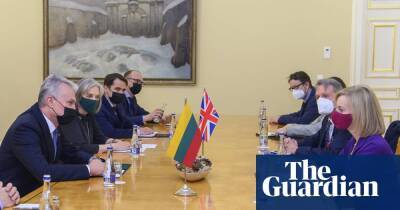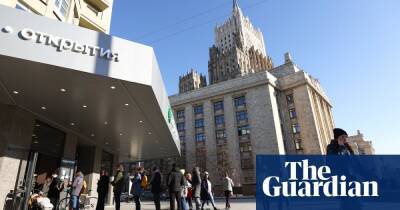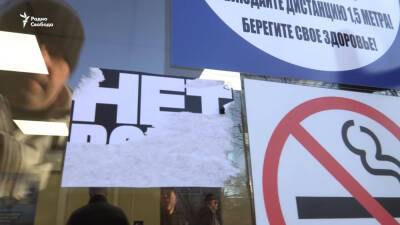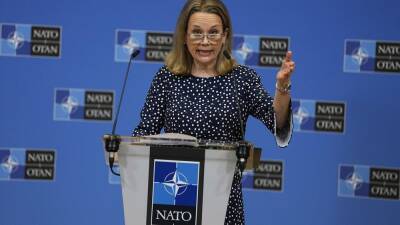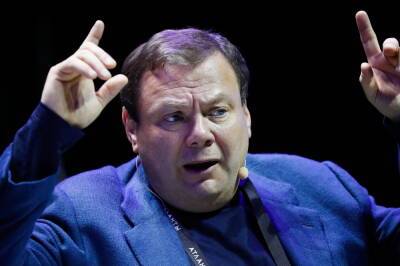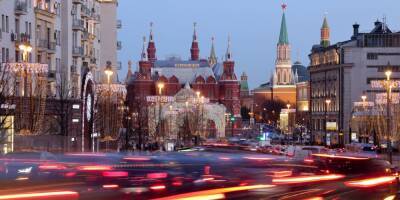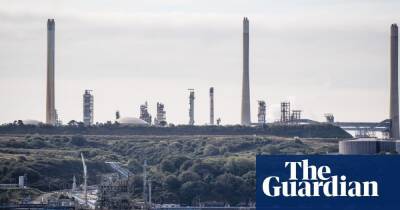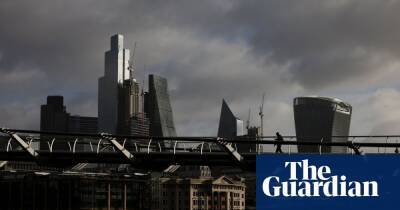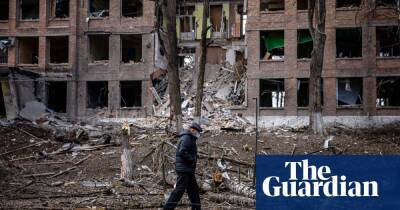How can Europe wean itself off Russian gas?
As Boris Johnson told parliament that Europe must wean itself off Russian gas – to loosen Vladimir Putin’s “grip on Western politics” – the Nikolay Zubov tanker was making its way back from British waters to the port of Sabetta, in northern Siberia.
The 300m-long vessel had recently dropped off a consignment of liquefied natural gas (LNG) at the Isle of Grain terminal, in the Thames Estuary, operated by the National Grid.
Steaming north under a Cypriot “flag of convenience”, it charted a course for Russia’s Artic coast, near the vast $27bn Yamal gas facility, personally inaugurated by Putin in 2017.
Britain gets less than 5% of its gas from Russia, either flowing through subsea interconnector pipelines or arriving by boat at the Isle of Grain and two further LNG facilities at Milford Haven, South Wales.
In the EU, whose gas market is so intermeshed with Britain’s that it effectively determines the prices paid by UK end users, the picture is very different.
Russia exports between 150bn and 190bn cubic metres of gas to Europe each year, typically fulfilling 30-40% of demand across the continent.
It accounts for 65% of imports into Europe’s economic powerhouse Germany and 100% for countries such as Latvia and Czech Republic.
The obstacles to replacing Russian supplies are logistical, financial and political.
So, if Europe – and by extension the UK – want to reduce their reliance on Putin’s pumps, what are the options and how feasible are they, particularly in the short term?
LNG is super-chilled gas, condensed into liquid form and transported by ship and “regasified” at specialist terminals.
Ports including Milford Haven and Grain – Europe’s biggest LNG terminal – take regular shipments. In 2020, Russian LNG accounted for 3% of total
Read more on theguardian.com



